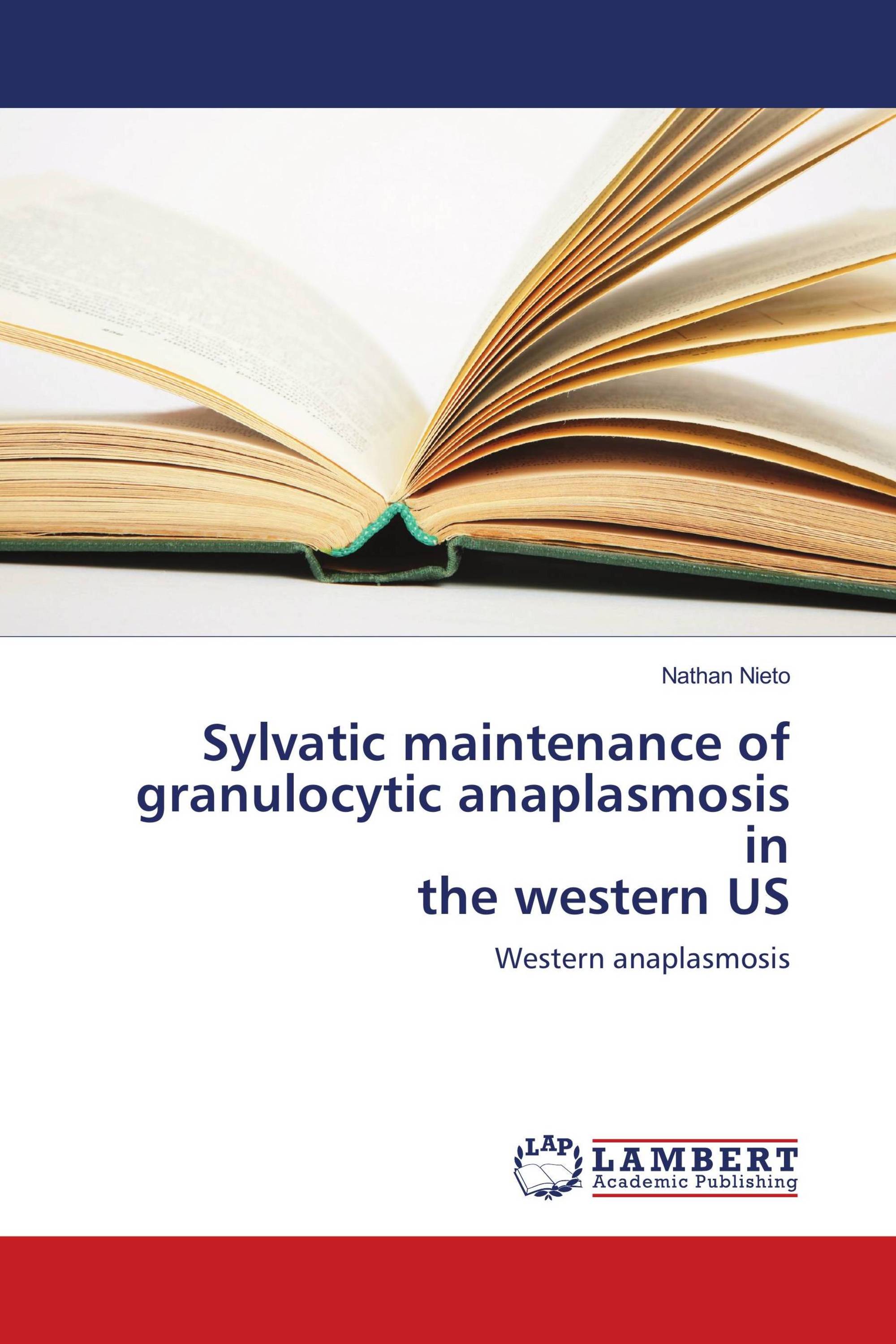Sylvatic maintenance of granulocytic anaplasmosis in the western US
Western anaplasmosis
LAP Lambert Academic Publishing ( 02.06.2009 )
€ 49,00
Anaplasma phagocytophilum is an emerging tick-borne pathogen of humans, horses, sheep, dogs, and wildlife. In humans, granulocytic anaplasmosis (GA) may be associated with pyrexia, headache, myalgia, nausea, and ataxia, organ failure, susceptibility to opportunistic infections, neuritis, or respiratory complications with a case fatality rate up to 5% in some areas. The putative reservoir for A. phagocytophilum in the western United States is the dusky-footed woodrat (Neotoma fuscipes). Evidence to implicate the woodrat as the reservoir includes high PCR- and seroprevalence in enzootic areas, frequent infestation with the tick vector, Ixodes pacificus, and results of experimental infection studies that show woodrat infection persisting for 1-8 months. Unlike in the eastern United States where a single vector species and a dominant reservoir host species maintain a sylvatic cycle, in the western US, there are multiple ecologically significant reservoir hosts including gray squirrels (Sciurus griseus) and chipmunks (Tamias spp.). The goal of this research was to identify the role of a number of abundant but potential reservoirs for A. phagocytophilum in the Western United States.
Kitap detayları: |
|
|
ISBN-13: |
978-3-8383-0217-1 |
|
ISBN-10: |
3838302176 |
|
EAN: |
9783838302171 |
|
Kitabın dili: |
English |
|
Yazar: |
Nathan Nieto |
|
Sayfa sayısı: |
52 |
|
Yayın tarihi: |
02.06.2009 |
|
Kategori: |
Çevrebilim |




